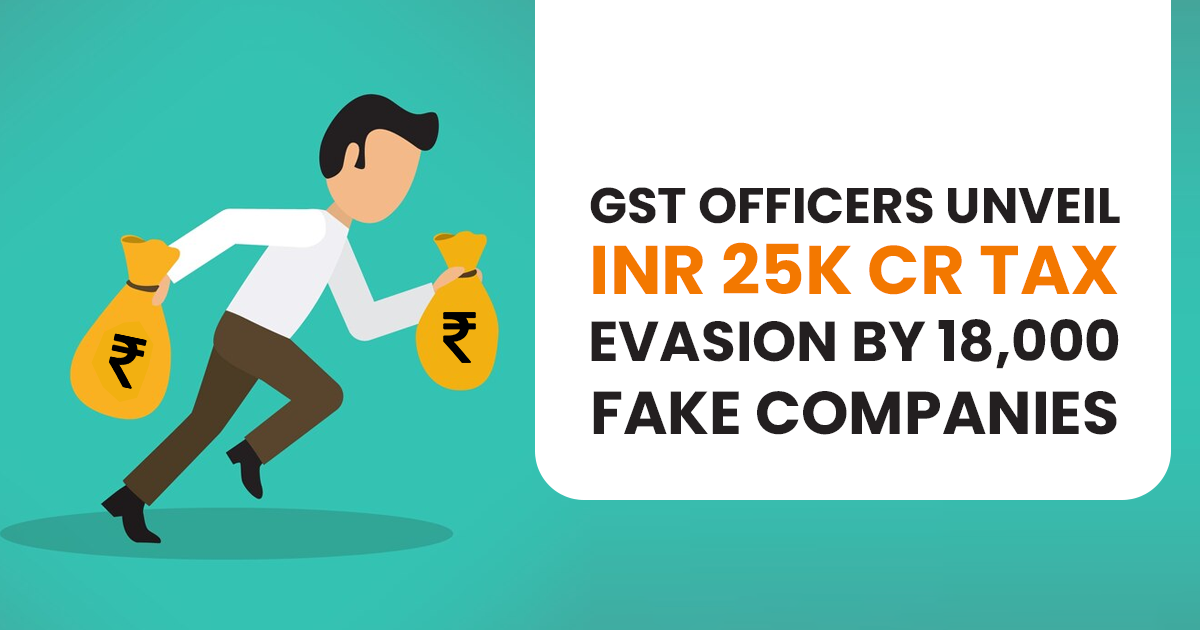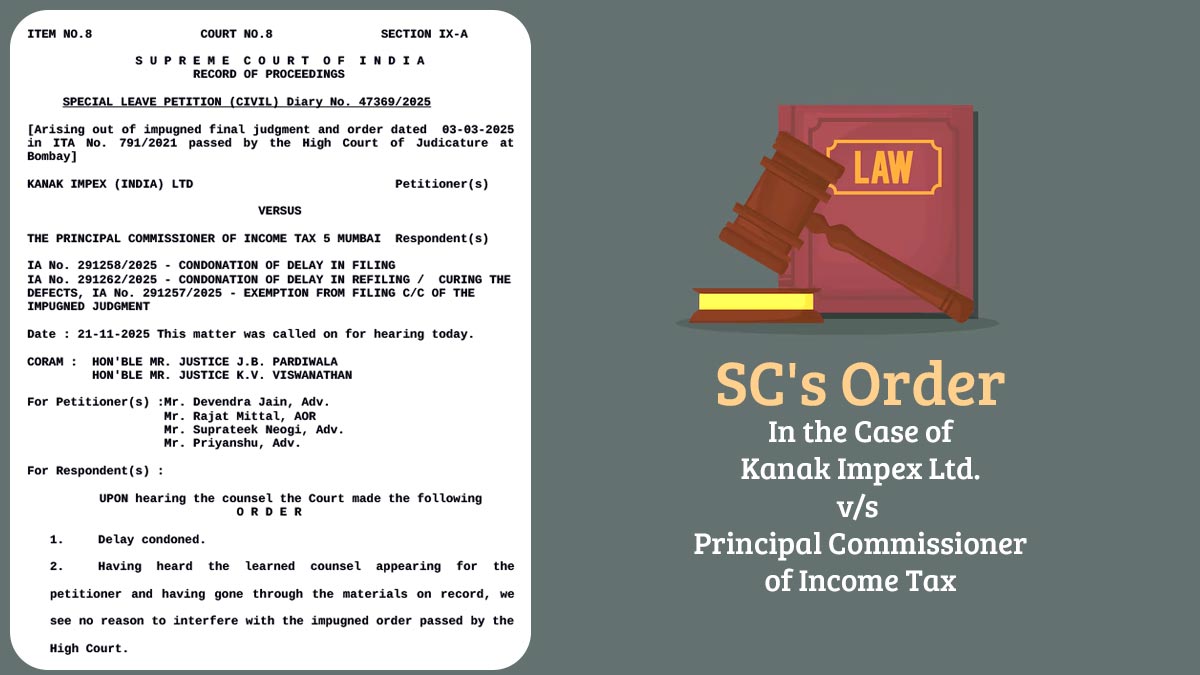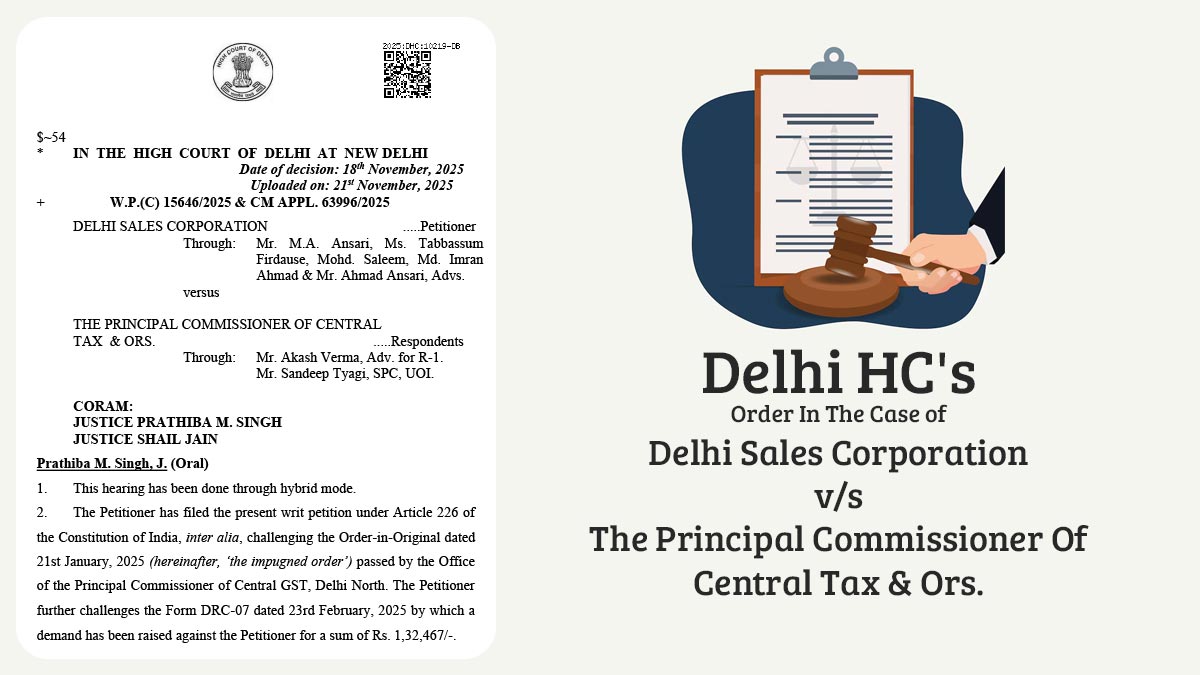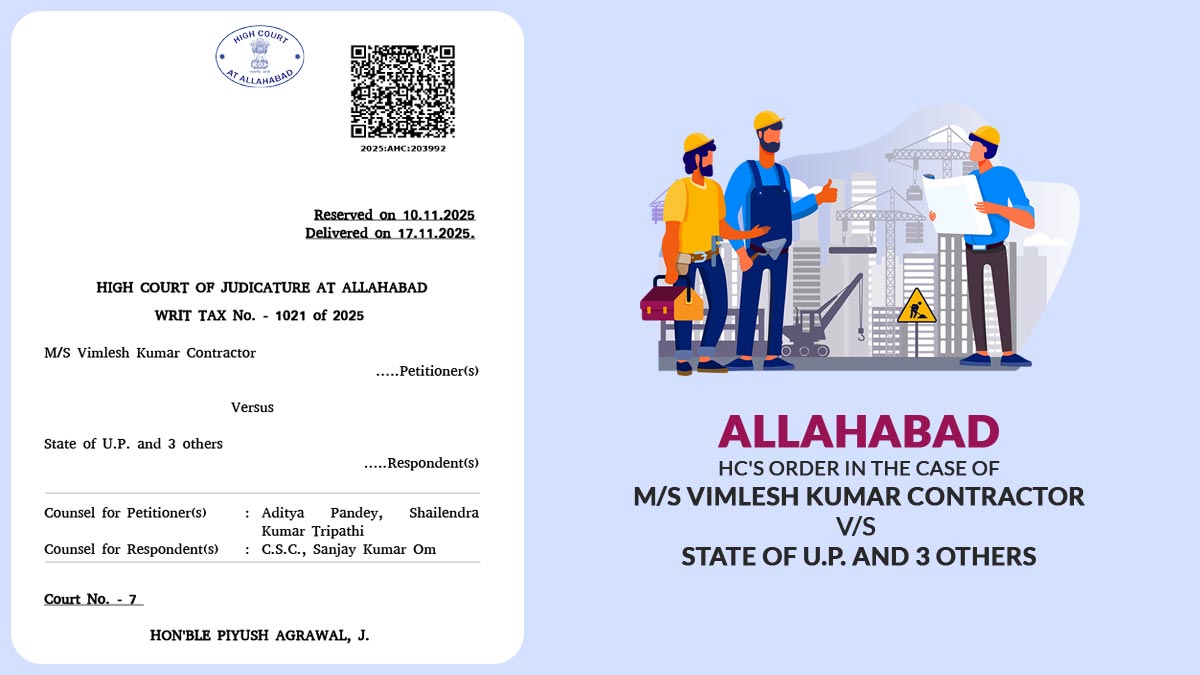
It was discovered by the GST officers that nearly 18,000 bogus companies have been evading taxes of around Rs 25,000 crore. By claiming the tax benefits without performing the real business these companies were being made merely to cheat the Goods and Services Tax (GST) system.
This investigation which ran from August 16 to the end of October consists of validating 73,000 dubious GST registrations. It confirmed that 18,000 of these registration were not real after the thorough checks. Such bogus companies manipulated the system of Input tax credits asserting the tax refunds on the bogus transactions which made the expense of the government to nearly Rs 24,550 crore.
This investigation is part of the government’s effort to address counterfeit GST registrations and safeguard public finances. It comprises an earlier drive from May to July 2023, which discovered 21,791 bogus companies in Rs. 24,010 crore of tax evasion. These two investigations collectively demonstrate the prevalence of GST fraud and underscore the government’s dedication to combating it.
In what way does the fraud work? The ITC system permits businesses to lessen their tax load by asserting credit on GST filed for their purchases. Such bogus companies utilised the same system by making bogus invoices stating to had made purchases. Through this way tax refunds are being claimed by them on the transactions that never took place, taking money that must have gone to public services and government projects.
To avoid similar fraudulent activities in the future, authorities have intensified physical inspections of GST registrations, making it more difficult for counterfeit businesses to obtain tax advantages. This novel strategy seeks to guarantee that only legitimate businesses benefit from input tax credit (ITC).
With this success, the government plans to further enhance the GST system and combat tax fraud. As they continue to improve compliance, businesses will undergo increased scrutiny, making it more difficult for fraud to remain undetected.









